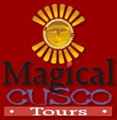Pictures, Photos, Images
Information, Descriptions, & Reviews.
About 180 km. North Of The Peruvian Capital Lima, Peru.
Google Map To The Archaeological Zone Of Caral, Near Lima, Peru.
"The Oldest Civilization In All Of The America's!"
Google Map Centered On Principal Pyramid.
View Larger Map
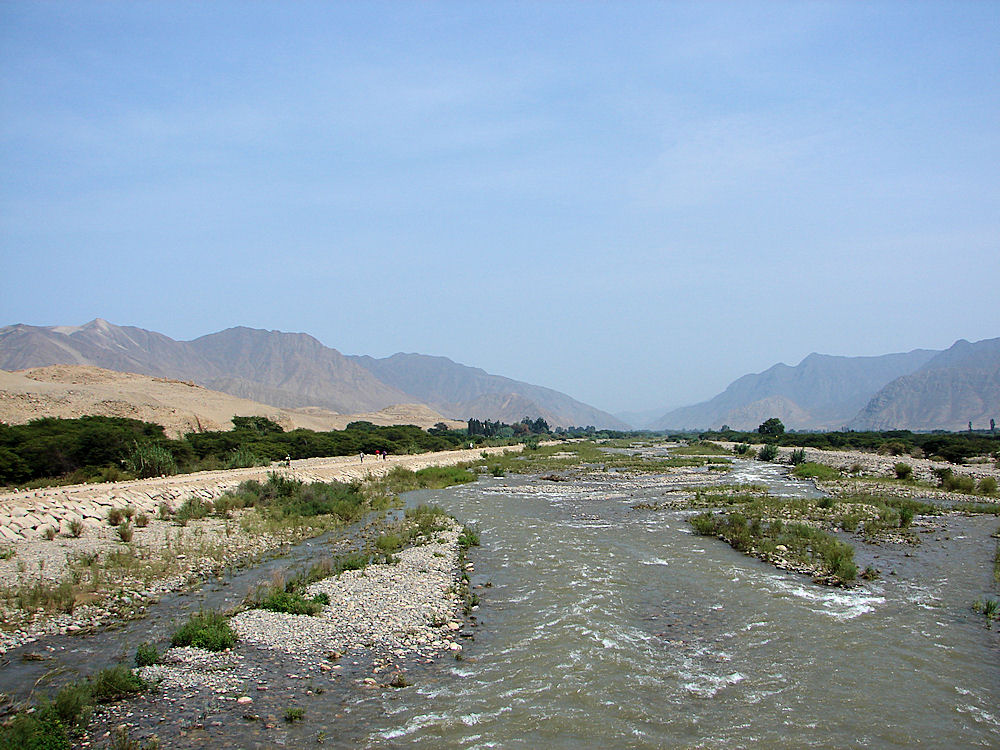 |
| The Supe River & The Supe Valley. Near The Caral Pyramids, Peru. Some Of The Caral Pyramids Are Seen At Left Center Of Photo. Left Is SW. |
|---|
Caral: We wish to thank Wikipedia, the free encyclopedia for information they have provided concerning Caral. Caral is a large settlement in the Supe Valley, near Supe, Barranca province, Peru, some 200 km north of Lima. Caral is on the Southwest edge of the Supe River. Caral is the most ancient city of the Americas, and is a well-studied site of the Caral civilization or Norte Chico civilization. The 163-acre city was the administrative center for a complex civilization. Caral was inhabited between roughly 2600 BC and 2000 BC, enclosing an area of more than 60 hectares. Caral was described by its excavators as the oldest urban center in the Americas, a claim that was later challenged as other ancient sites were found nearby. Accommodating more than 3,000 inhabitants, it is the best studied and one of the largest Norte Chico sites known. Paul Kosok discovered Caral (Chupacigarro Grande) in 1948, but it received little attention until recently because it appeared to lack many typical artifacts that were sought at archeological sites throughout the Andes at the time. Archaeologist Ruth Shady further explored the 5,000 year-old city of pyramids in the Peruvian desert, with its elaborate complex of temples, an amphitheater and ordinary houses. The urban complex is spread out over 150 acres (607,000 m²) and contains plazas and residential buildings. Caral was a thriving metropolis at roughly the same time that Egypt's great pyramids were being built.
The Pirámide Mayor:
Among the artifacts found at Caral are a knotted textile piece that the excavators have labeled a quipu. They argue that the artifact is evidence that the quipu record keeping system, a method involving knots tied in rope that was brought to perfection by the Inca, was older than any archaeologist had previously guessed. However, the artifact is orders of magnitude simpler than later Inca quipu, and it is thus doubtful that it was produced as part of a robust accounting system. Indeed, many archaeologists have actually questioned whether or not it is a recording device at all. No trace of warfare has been found at Caral; no battlements, no weapons, no mutilated bodies. Shady's findings suggest it was a gentle society, built on commerce and pleasure. In one of the pyramids, they uncovered 32 flutes made of condor and pelican bones and 37 cornets of deer and llama bones. One find revealed the remains of a baby, wrapped and buried with a necklace made of stone beads. They also found evidence of drug use and possibly aphrodisiacs. One theory suggests that the coca they found may be evidence that Caral sprung up as an organized coca growing and distribution center. Caral spawns 19 other pyramid complexes scattered across the 35 square mile (80 km²) area of the Supe Valley. The find of the quipu indicates that the later Inca civilization preserved some cultural continuity from the Caral civilization. The date of 2627 BCE is based on carbon dating reed and woven carrying bags that were found in situ. These bags were used to carry the stones that were used for the construction of the pyramids. The material is an excellent candidate for dating, thus allowing for a high precision. The site may date even earlier as samples from the oldest parts of the excavation have yet to be dated. The town had a population of approximately 3000 people. But there are 19 other sites in the area (posted at Caral), allowing for a possible total population of 20,000 people for the Supe valley. All of these sites in the Supe valley share similarities with Caral. They had small platforms or stone circles. Shady (2001) believes that Caral was the focus of this civilization, which itself was part of an even vaster complex, trading with the coastal communities and the regions further inland – as far as the Amazon, if the depiction of monkeys is any indication. Google Earth Maps place the center of the main amphitheatre of Caral at about 10o 53' 39.55" S 77o 31' 20.05" W. It is at 1168 feet elevation. We visited Caral on April 05, 2011 at about 11:05 AM. Caral is said to be two hours away from Lima by car but it took us about five hours to drive from Lima about 180 km. north of the Peruvian Capital to Caral.
|
The Jorge Chávez International Airport (IATA: LIM, ICAO: SPIM), known as Aeropuerto Internacional Jorge Chávez in Spanish, is Peru's main international and domestic airport. It is located in Callao, 11 kilometers (7 mi) from the Historic Centre of Lima and 17 km (11 mi) from Miraflores. Callao is the port city which is now fully integrated with Lima, the nation's capital.
There are several Guided Tour Agencies offering standard city, Hiking, and archaeological tours of Caral, Lima and the surrounding area. We suggest Flying into Lima and then going to the surrounding areas of your choice. This page is for information purposes only and while we have made every effort to be accurate, it is the travelers responsibility to make the appropriate choice as to which hotels to use in Peru.
We found that when touring Peru, Magical Cusco Tours gave us the best service of all. They even arranged very personal tours based upon our ages and experience. They were there for us whenever we needed them. Click on any of their links on our pages and they will give you a 4% discount for taking their package tours. Mention delange.org. Merchant Code Inka2010 for your discount! We suggest letting Ana Maria handle your tour. Note: The 4% discount applies to package tours only! Discount does not apply to hotel bookings, domestic or international tickets, meals or any other service booked as a single activity.
Magical Cusco Tours also has a culinary tour that you may enjoy.Click Here For: Taste Of Peru.com their culinary tour page.
We have placed links to Priceline.Com on our pages, if you would prefer to use their services.
|
 |
| Panorama Of Caral Site. About 180 km. North Of The Peruvian Capital Lima, Peru. Photo Courtesy Of Wikipedia, The Free Encyclopedia. |
|---|
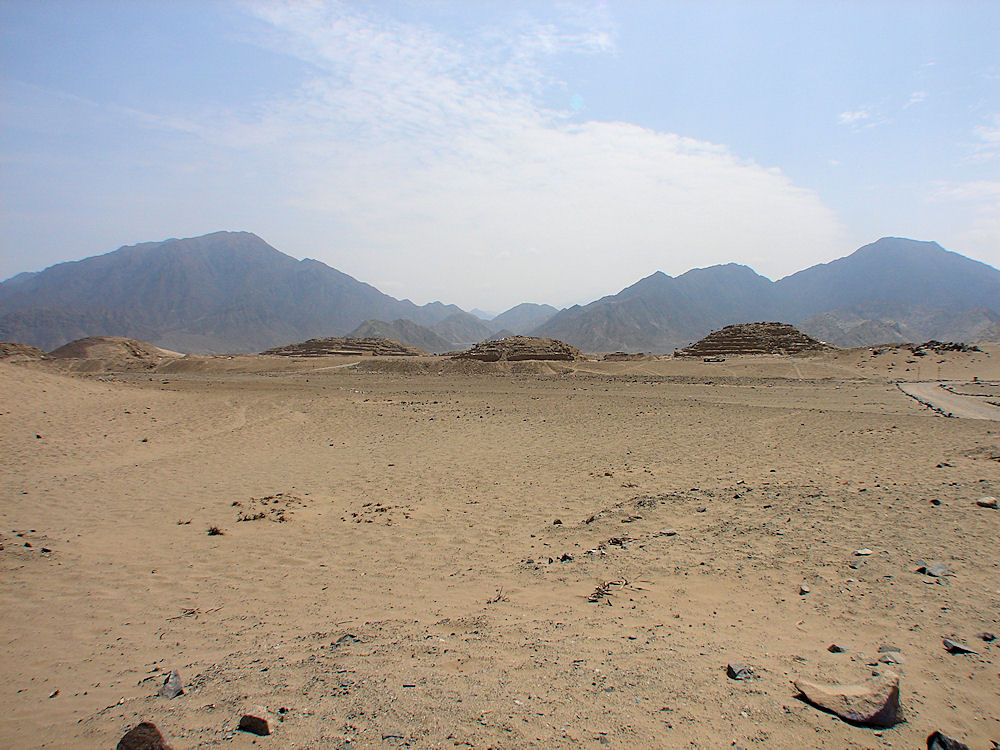 |
| Pyramids Of Caral. About 180 km. North Of The Peruvian Capital Lima, Peru. |
|---|
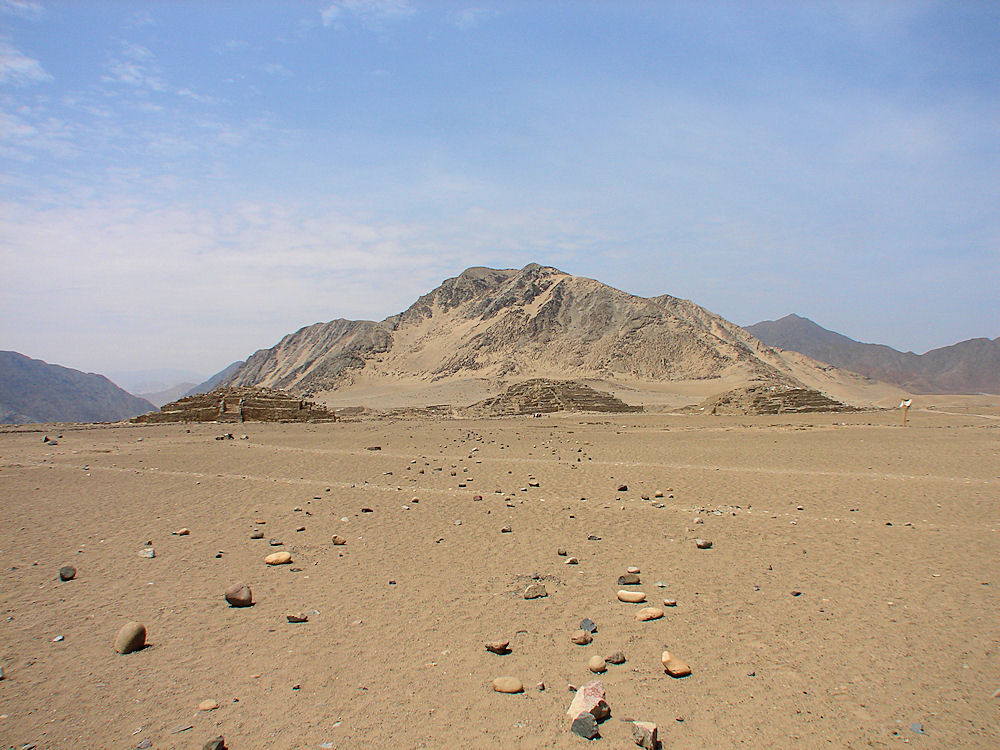 |
| L to R. The Lesser, Galería and La Huanca Pyramids Of The Caral Pyramids. In The Arid Supe Valley. About 180 km. North Of The Peruvian Capital Lima, Peru. |
|---|
 |
| Map Of The Caral Pyramids In The Arid Supe Valley. About 180 km. North Of The Peruvian Capital Lima, Peru. Map Courtesy Of Field Museum. A Link To The Field Museum Is At The Bottom Of This Page. |
|---|
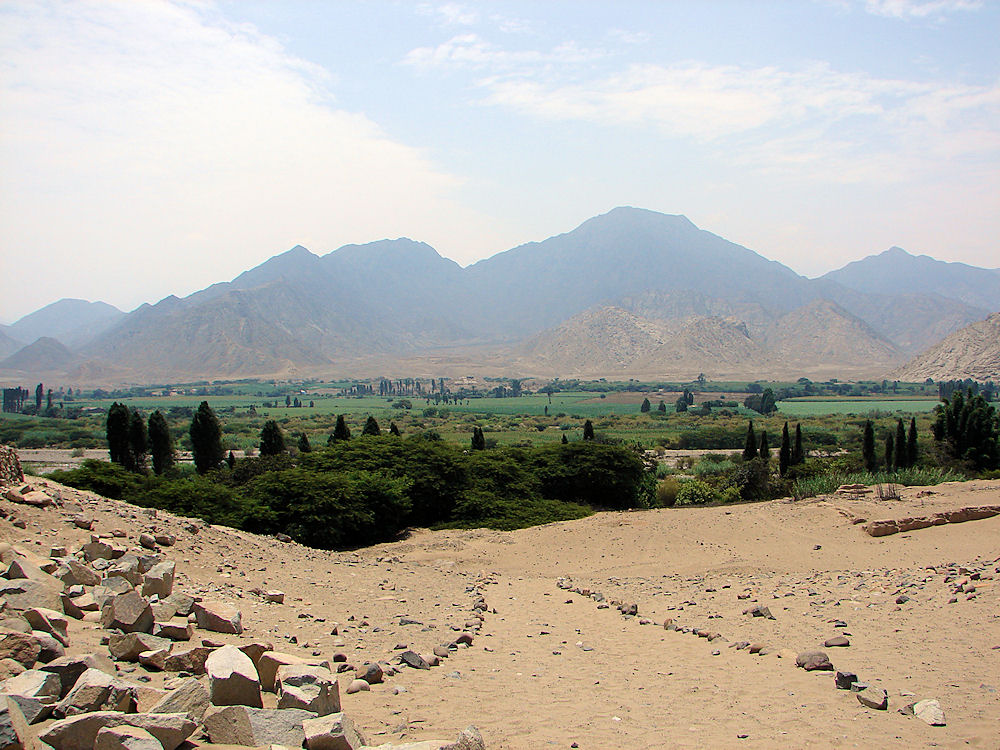 |
| Allpacoto In The Distance, To The Northeast Across From The Caral Pyramids, Along The Supe River, In The Supe Valley, Near Lima, Peru. |
|---|
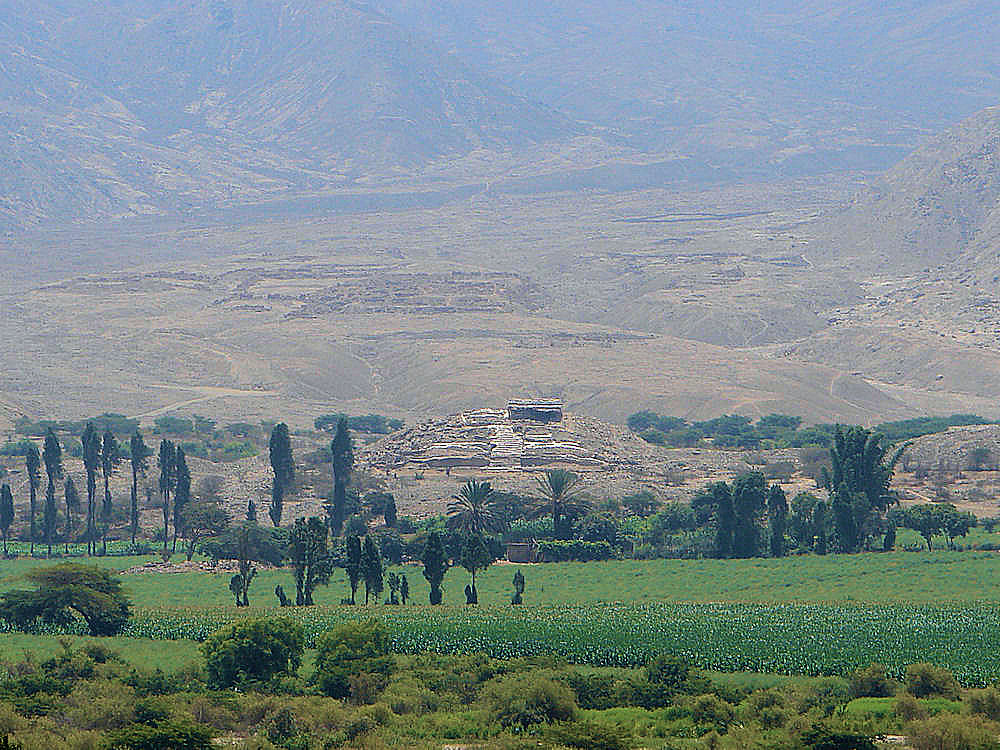 |
| Close Up Of Allpacoto, To The Northeast Across From The Caral Pyramids, Along The Supe River, In The Supe Valley, Near Lima, Peru. |
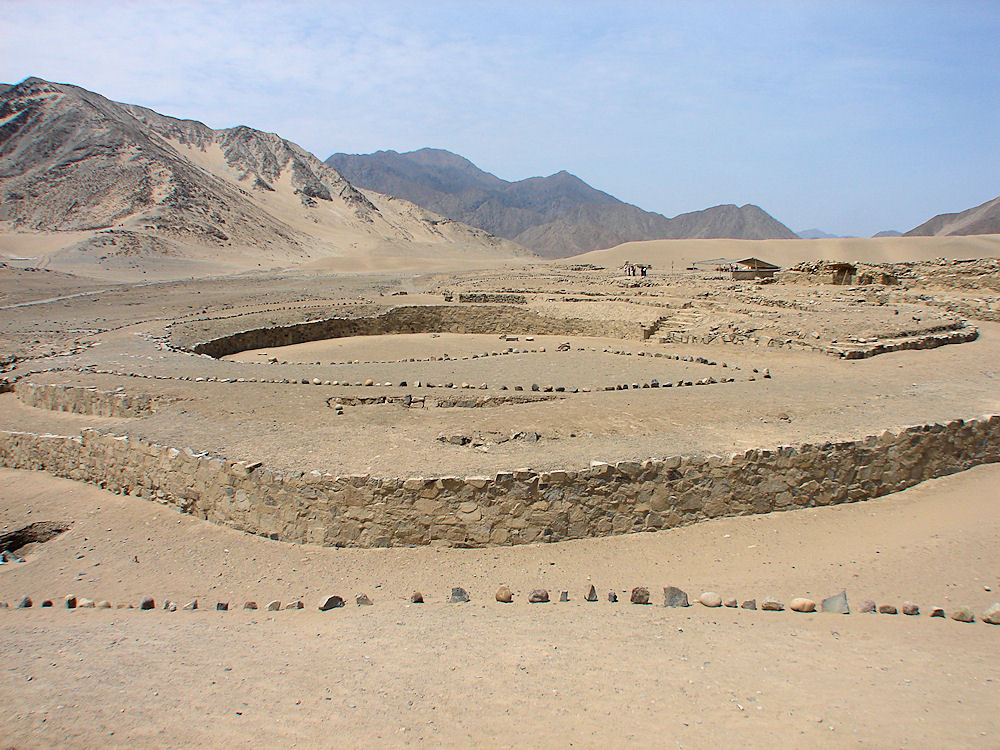 |
| The Temple Of The Amphitheater Of The Caral Pyramids, Along The Supe River, In The Supe Valley, Near Lima, Peru. |
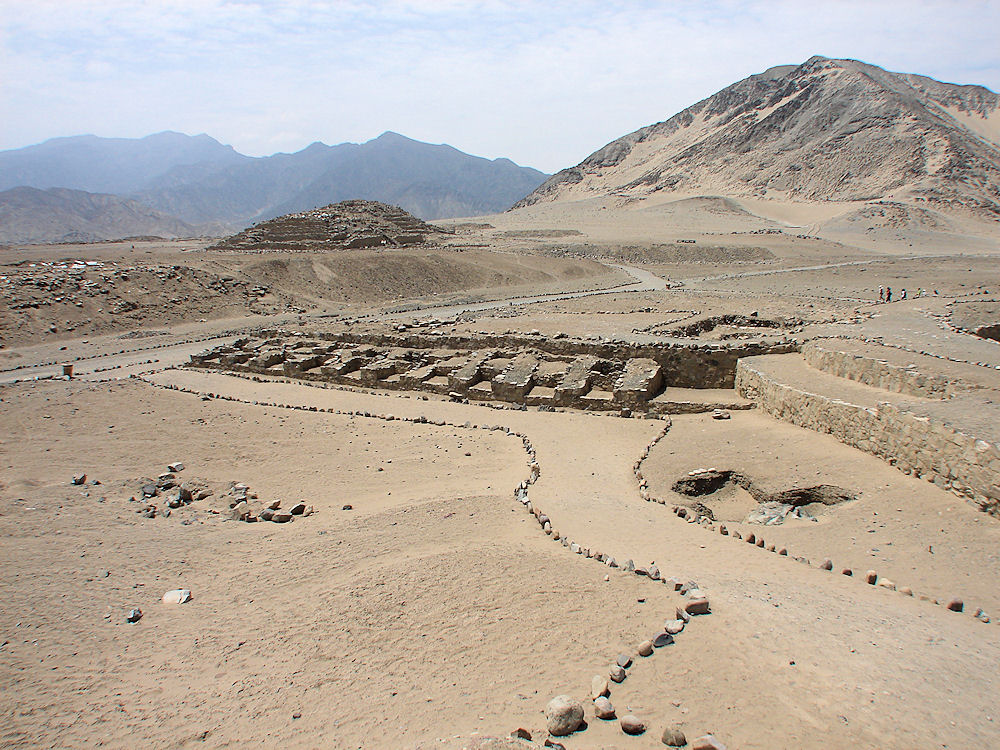 |
| The Temple Of The Amphitheater Of The Caral Pyramids, Along The Supe River, In The Supe Valley, Near Lima, Peru. |
 |
| The Greater Pyramid Of The Caral Pyramids, Along The Supe River, In The Supe Valley, Near Lima, Peru. |
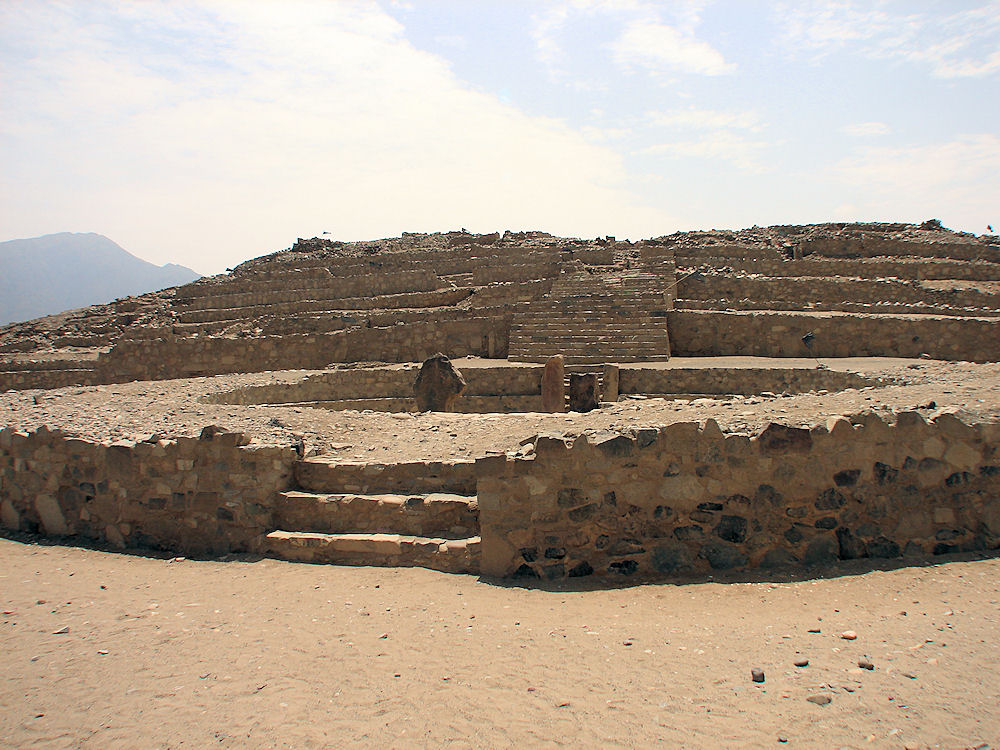 |
| The Amphitheater Of The Greater Pyramid Of The Caral Pyramids, Along The Supe River, In The Supe Valley, Near Lima, Peru. |
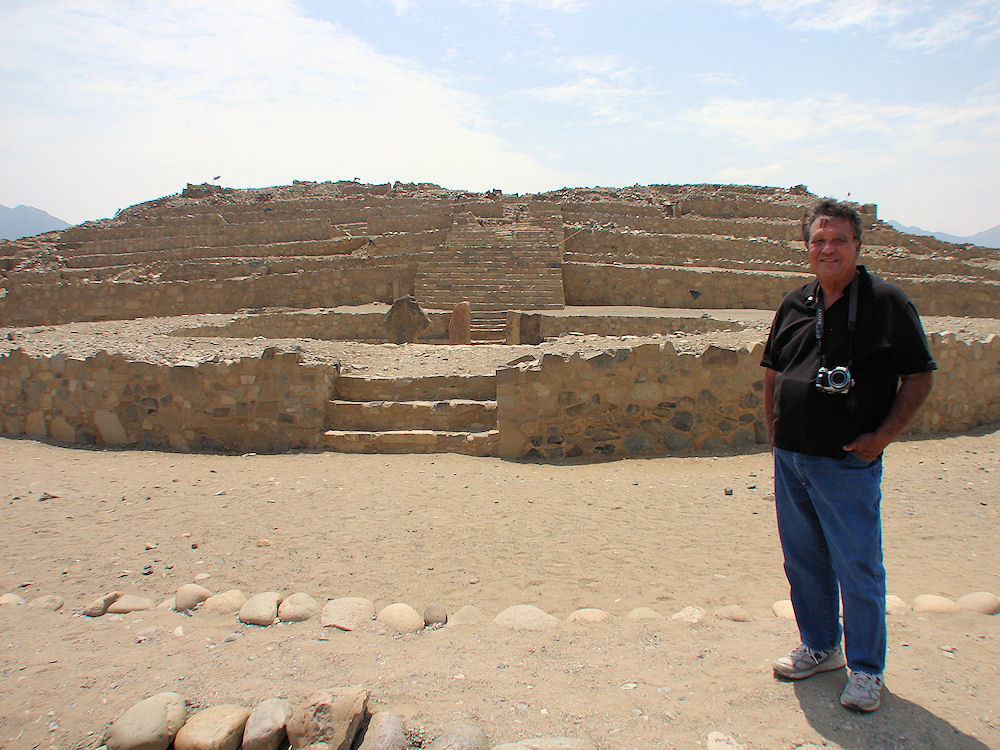 |
| George DeLange At The Amphitheater Of The Greater Pyramid Of The Caral Pyramids, Along Supe River, In The Supe Valley, Near Lima, Peru. |
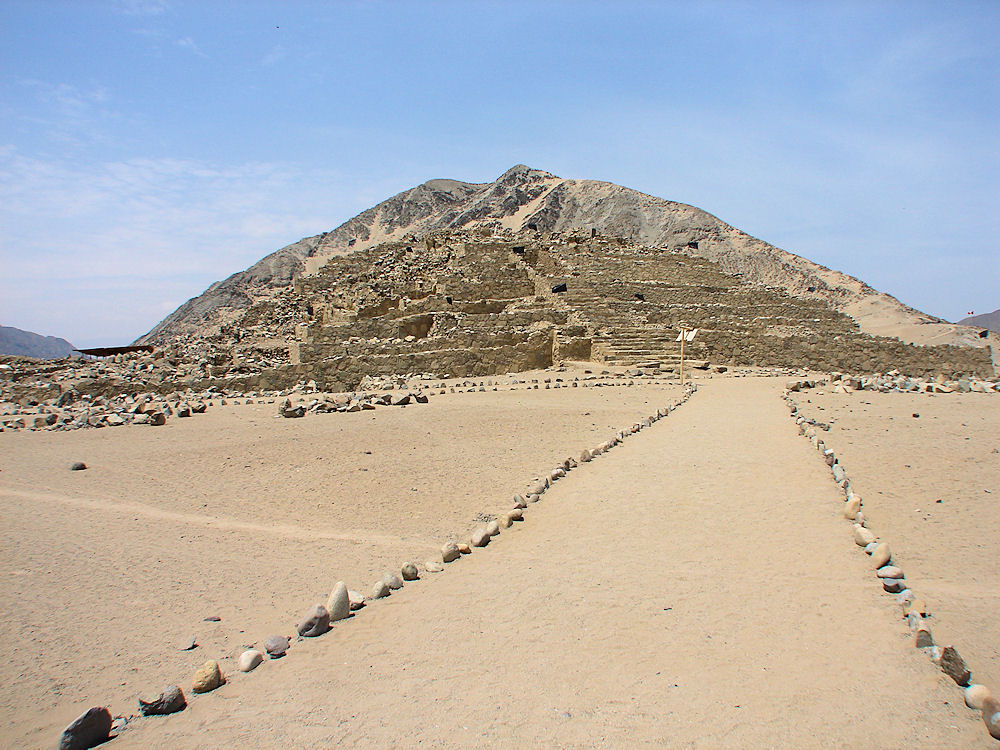 |
| The Gallery Pyramid Of The Caral Pyramids, Along Supe River, In The Supe Valley, Near Lima, Peru. |
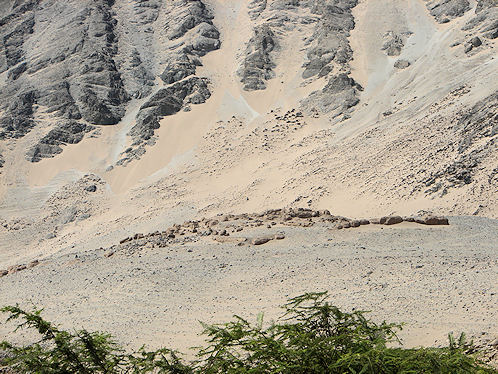 | 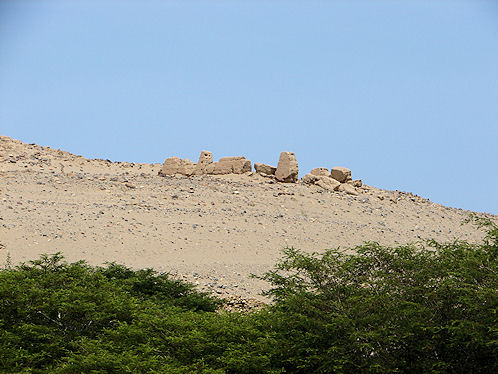 |
| Caral. About 180 km. North Of The Peruvian Capital Lima, Peru. | Caral. About 180 km. North Of The Peruvian Capital Lima, Peru. |
|---|---|
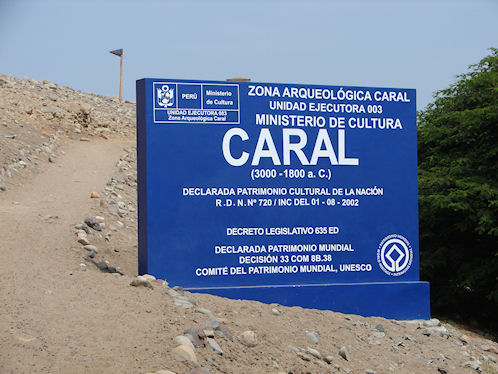 | 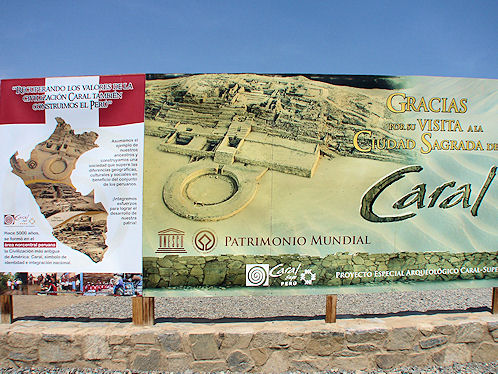 |
| Entrance Sign At Caral. About 180 km. North Of The Peruvian Capital Lima, Peru. | Exit Sign At Caral. About 180 km. North Of The Peruvian Capital Lima, Peru. |
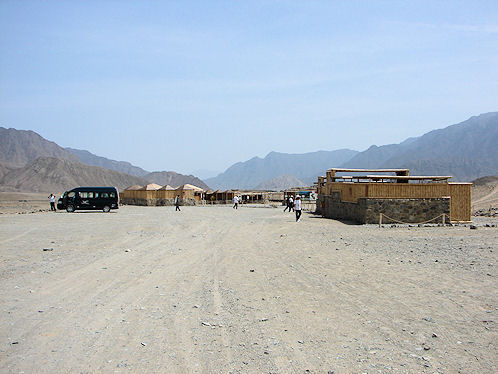 | 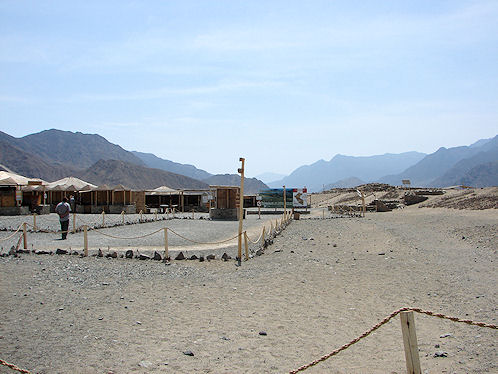 |
| Visitor Center At Caral. About 180 km. North Of The Peruvian Capital Lima, Peru. | Visitor Center At Caral. About 180 km. North Of The Peruvian Capital Lima, Peru. |
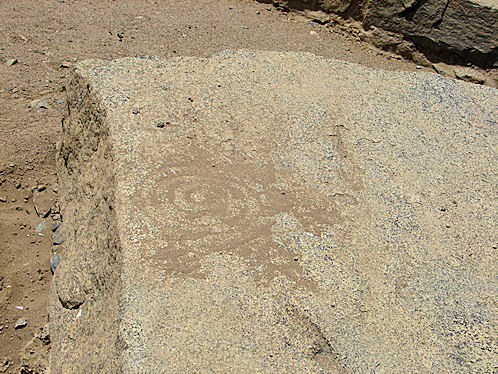 | 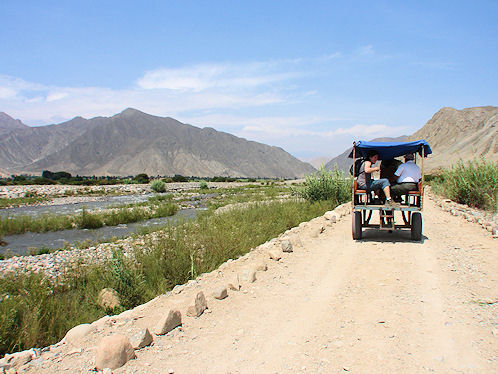 |
| Petroglyph At Caral. About 180 km. North Of The Peruvian Capital Lima, Peru. | Tourist Transportation At Caral. About 180 km. North Of The Peruvian Capital Lima, Peru. |
We Are Proud Of Our SafeSurf Rating!

Click On Any Of The Following Links By Amazon.Com
For Books About Hiking Or Touring In Peru.
Some Are Must Have Books - If You Are Going To Peru.
We Also Are Including Some Great Music CD's & DVD's. No Obligation!

Back To LDS, Mormon Church History, Home Page
Click Here To View Possible Book Of Mormon Ancient Cities That We Have Visited
Click Here To View A Tour Of The Holy Land (Israel) -With Audrey DeLange
Back To Peru Tours Main Page
Back To DeLange Home Page
To The Field Museum Website
You Will Leave delange.org



You Will Leave delange.org






